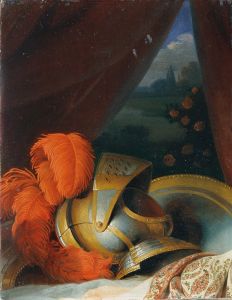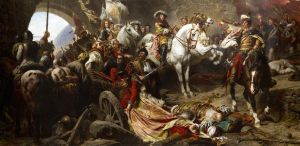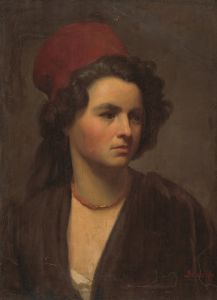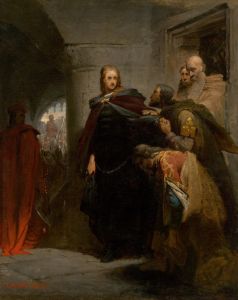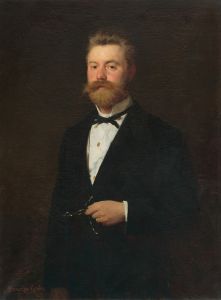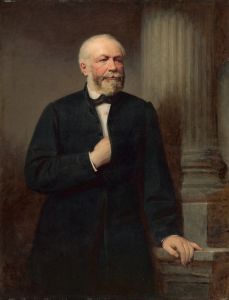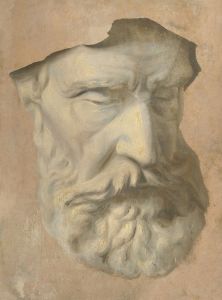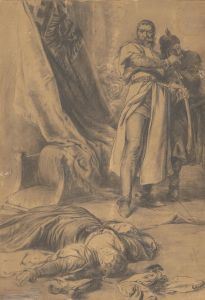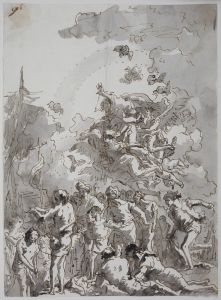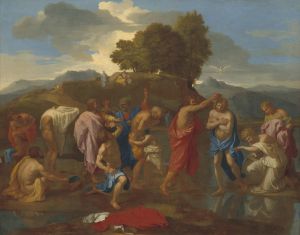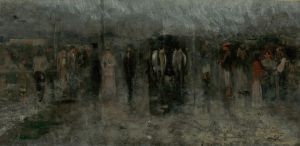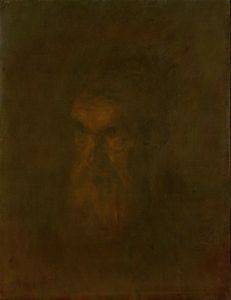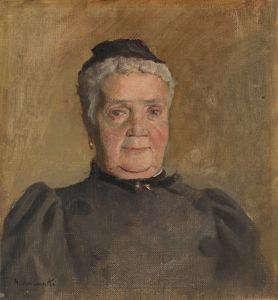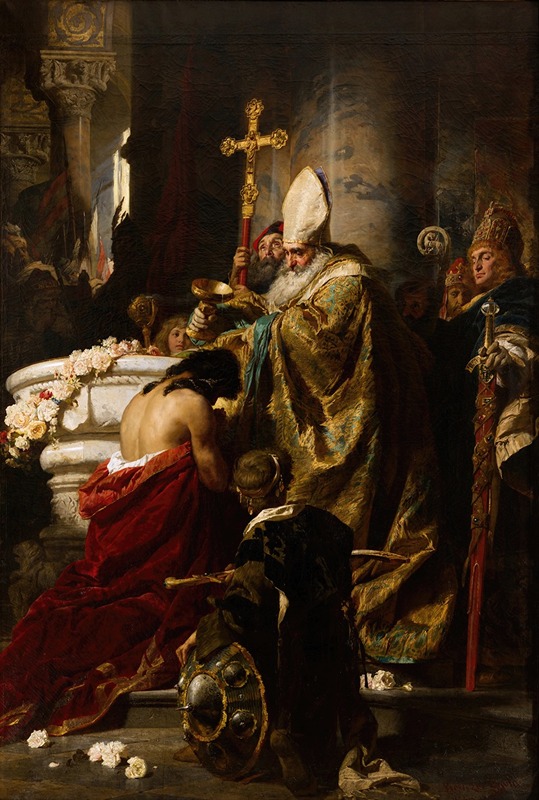
The Baptism of Vajk
A hand-painted replica of Gyula Benczúr’s masterpiece The Baptism of Vajk, meticulously crafted by professional artists to capture the true essence of the original. Each piece is created with museum-quality canvas and rare mineral pigments, carefully painted by experienced artists with delicate brushstrokes and rich, layered colors to perfectly recreate the texture of the original artwork. Unlike machine-printed reproductions, this hand-painted version brings the painting to life, infused with the artist’s emotions and skill in every stroke. Whether for personal collection or home decoration, it instantly elevates the artistic atmosphere of any space.
"The Baptism of Vajk" is a significant historical painting by the renowned Hungarian artist Gyula Benczúr. Completed in 1875, this artwork depicts the baptism of Vajk, who would later become known as King Stephen I of Hungary, a pivotal figure in Hungarian history. The painting captures a moment of profound transformation and symbolizes the Christianization of Hungary.
Gyula Benczúr (1844-1920) was a prominent painter in the 19th century, known for his historical and portrait works. He studied at the Munich Academy of Fine Arts and was influenced by the academic style prevalent in Europe at the time. Benczúr's meticulous attention to detail and his ability to convey historical narratives through his art earned him significant acclaim.
The subject of the painting, Vajk, was born around 975 AD and was the son of Grand Prince Géza of Hungary. Vajk was baptized around the year 1000 AD, taking the Christian name Stephen. This event marked a crucial turning point in Hungarian history, as it signified the nation's official conversion to Christianity. Stephen I went on to become the first King of Hungary, ruling from 1000 until his death in 1038. He is credited with consolidating the Hungarian state and establishing a Christian kingdom, which laid the foundation for Hungary's future development.
In "The Baptism of Vajk," Benczúr masterfully captures the solemnity and significance of the event. The painting features Vajk, clad in white robes, kneeling before a bishop who is performing the baptismal rite. The bishop is likely Saint Adalbert of Prague, who played a crucial role in the Christianization of Hungary. Surrounding Vajk are various figures, including members of the Hungarian nobility and clergy, witnessing this transformative moment. The composition of the painting, with its careful arrangement of figures and use of light, draws the viewer's attention to the central act of baptism.
Benczúr's use of color and detail enhances the historical authenticity of the scene. The rich, warm tones of the robes and the intricate patterns on the garments reflect the opulence of the period. The expressions on the faces of the figures convey a sense of reverence and solemnity, underscoring the importance of the event being depicted.
"The Baptism of Vajk" is not only a remarkable work of art but also a significant historical document. It serves as a visual representation of a key moment in Hungarian history, capturing the essence of a pivotal event that shaped the nation's identity. The painting is housed in the Hungarian National Gallery in Budapest, where it continues to be admired by visitors for its artistic and historical value.
Gyula Benczúr's ability to blend historical accuracy with artistic expression makes "The Baptism of Vajk" a masterpiece that resonates with viewers. Through this painting, Benczúr has immortalized a defining moment in Hungary's past, allowing future generations to appreciate the significance of King Stephen I's baptism and the Christianization of Hungary.





